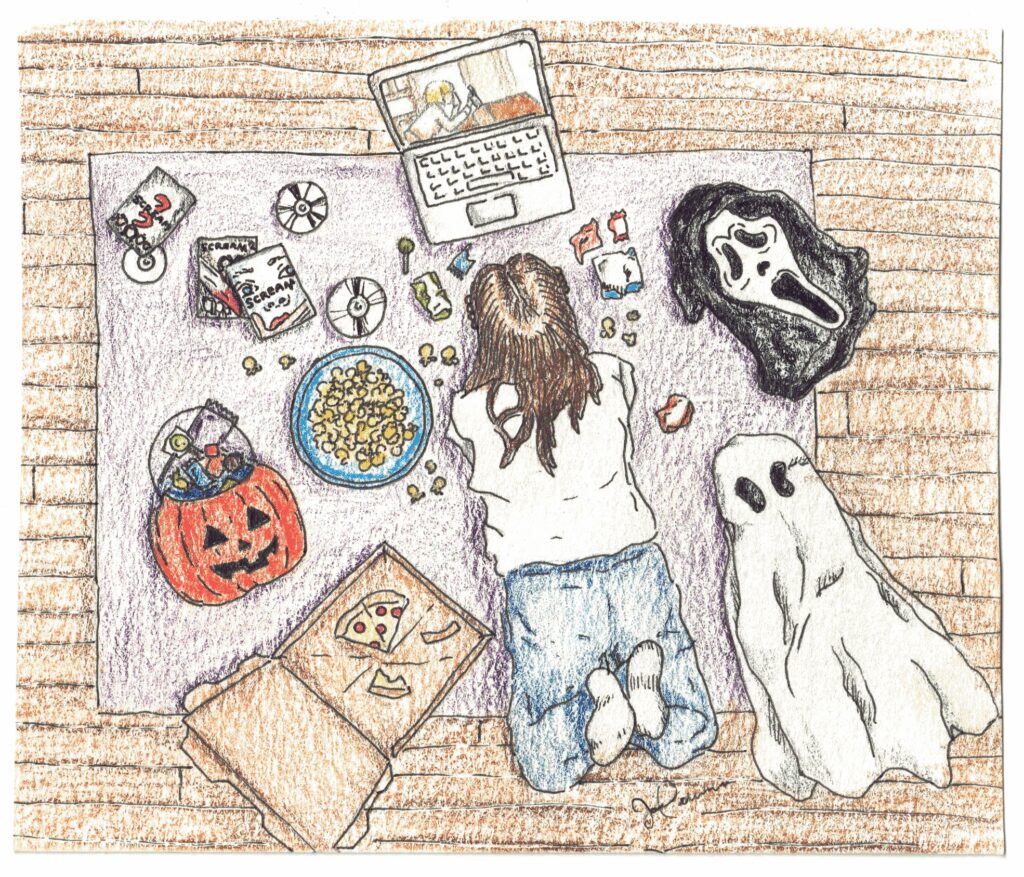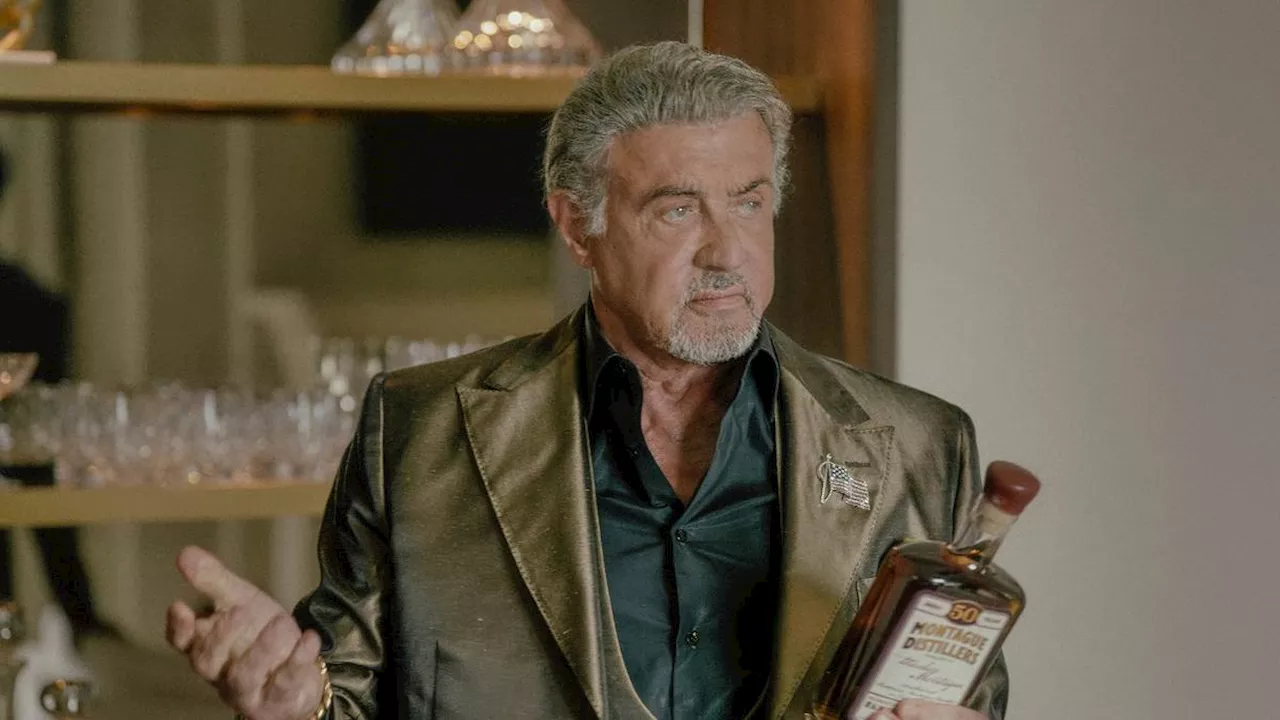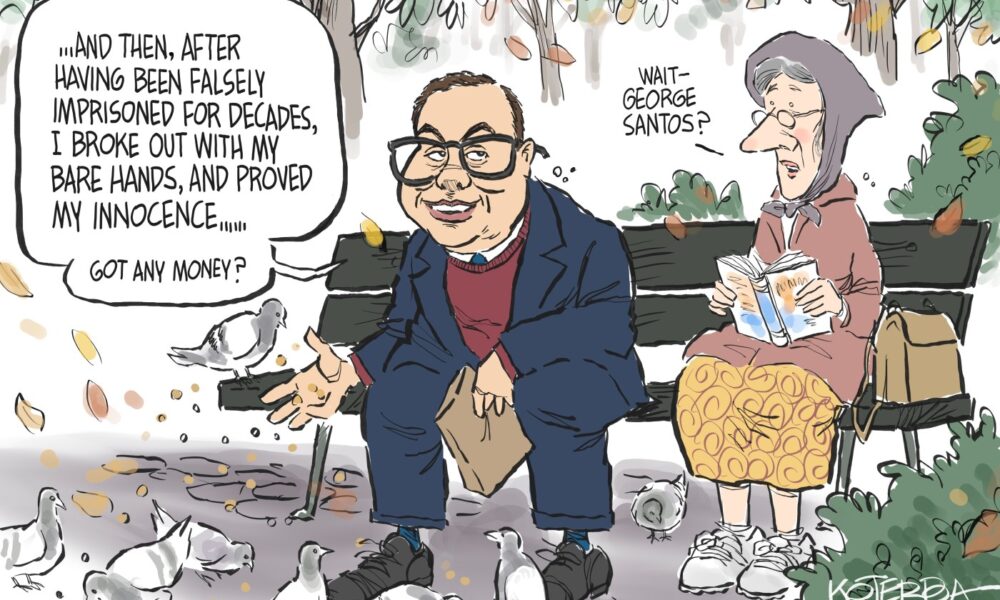The horror-comedy film Death Becomes Her, released in 1992, continues to captivate audiences with its unique blend of humor and horror. Starring acclaimed actresses Meryl Streep and Goldie Hawn, the film explores themes of aging and beauty in a society obsessed with youth. Its relevance has only grown over the past three decades, prompting renewed interest through adaptations and cultural references.
The plot revolves around a love triangle involving an affluent man and his two wives, each representing different facets of beauty and youth. As the narrative unfolds, the film diverges from traditional horror tropes, focusing instead on the grotesque lengths to which the characters go to maintain their youthful appearances. The story takes a darkly comedic turn when Hawn’s character mysteriously rejuvenates, sparking a rivalry that leads to increasingly absurd and violent confrontations.
One of the film’s most notable elements is the way it satirizes society’s fixation on youth. In an era where cosmetic enhancements, from lip fillers to advanced skincare routines, dominate popular culture, Death Becomes Her resonates with contemporary audiences. The film’s portrayal of aging as a monstrous adversary is both humorous and unsettling, effectively mirroring real-life anxieties surrounding appearance and mortality.
Continuing Cultural Impact
Despite its initial release over thirty years ago, Death Becomes Her has maintained its popularity, evidenced by a recent Broadway adaptation and references in contemporary media, such as a music video by Sabrina Carpenter. The film’s successful box office run demonstrated its appeal, but its true legacy lies in its critique of societal norms regarding beauty and aging.
The absurdity of the film’s horror elements—such as characters displaying extreme physical alterations—serves as a metaphor for the lengths individuals will go to in pursuit of eternal youth. Critics and audiences alike have marveled at the film’s ability to challenge these norms through its dark humor, urging viewers to confront their own fears surrounding aging.
While some may question the film’s dramatic elements, arguing that they detract from its message, others find that the outrageousness enhances its commentary on societal expectations. The film’s juxtaposition of comedy and horror encourages viewers to reflect on their own experiences with beauty standards.
Ultimately, Death Becomes Her remains a powerful exploration of themes that resonate deeply in our modern world. It challenges audiences to reconsider their perceptions of aging, beauty, and the societal pressures that inform these beliefs. Whether through its theatrical adaptations or continued viewership, the film’s legacy endures, inviting new generations to engage with its provocative themes.
For those interested in a thought-provoking cinematic experience, Death Becomes Her offers not only entertainment but also a mirror reflecting the anxieties of our time. Its blend of humor, horror, and social commentary ensures that its message is as relevant today as it was upon its release.







